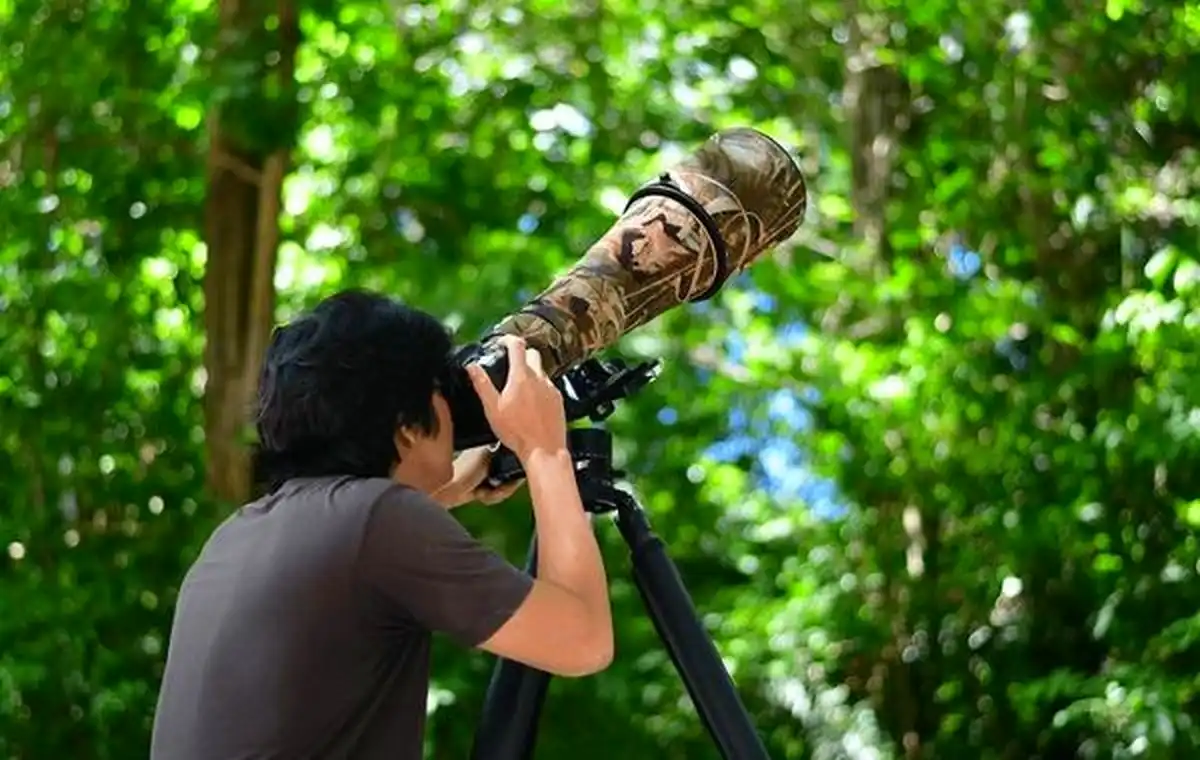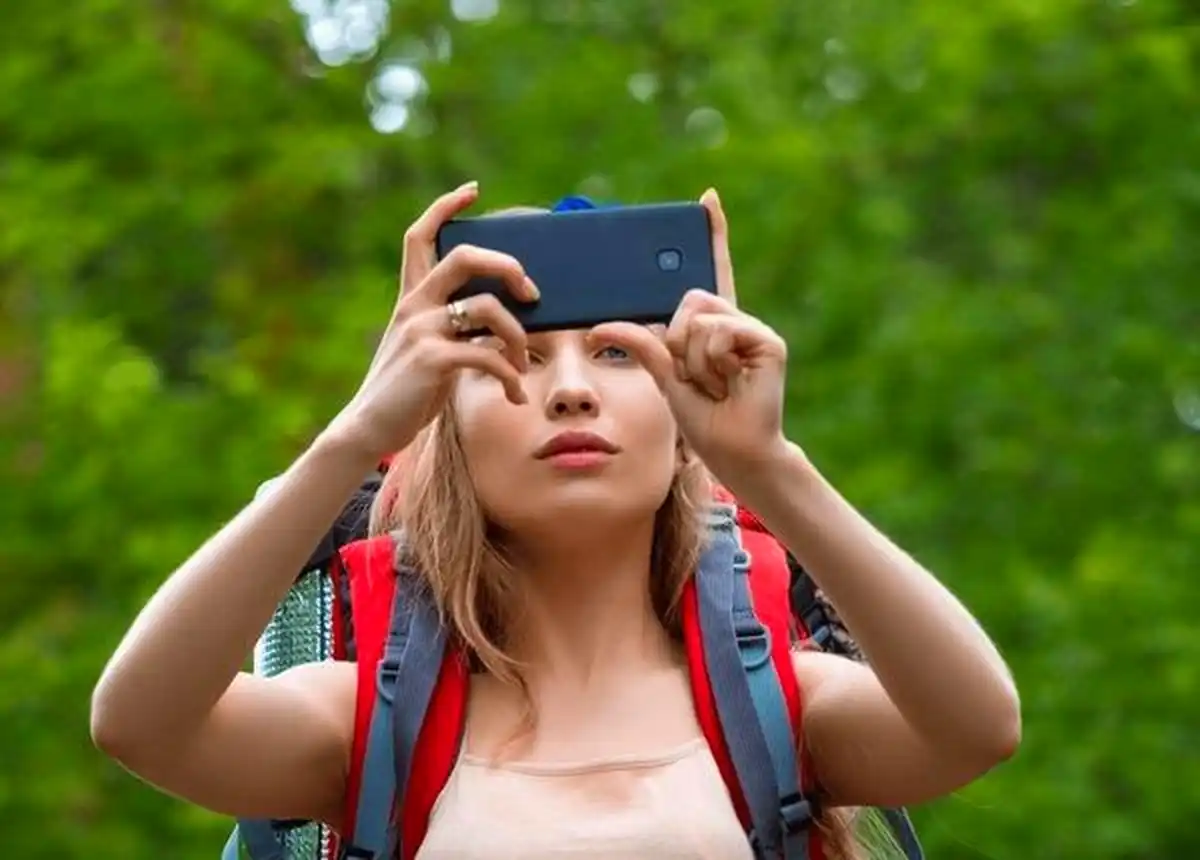
Exploring the Impact of Community-Based Tourism on Local Economies
Sophia Romine - Mar 15, 2025 - 7 min read


Birding is one of the most fulfilling hobbies that connect us with nature's beauty. You could be a beginner or an experienced enthusiast, spotting common birds in your area is an exciting journey. However, before you begin that journey, there is a need to learn the basics.
Observation is the best way to identify birds correctly. Note the size, shape, color, and movement of the bird. All these features help tell which species it belongs to. Also, note if there is any particular characteristic such as a shape of the beak, pattern of the wing, and length of the tail. Observe its movements and behavior.
Field guides are great friends to the birdwatcher. The most comprehensive books have the complete descriptions, illustrations, and maps of the species available. Spend your money in a reliable field guide covering your area of identification. But do not forget that this one must be simple enough to read and very factual.
Technology has changed bird identification in today's digital age. Smart phones and the internet allow almost instant access to birding resources. Apps such as Merlin Bird ID and eBird can identify photos or recognize birds by call through online databases. Make it easy to enhance your viewing of birds.
You should be patient and persistent enough to be a successful bird watcher. Birds can sometimes hide, so it's pretty important to stay cool-headed and observe. Sit still in a natural environment, and wait for birds to come to you. The more time you spend out in nature, the better your chances are at viewing different species.
Birds communicate using a set of vocalizations and calls. Learn the common bird songs and calls that will be helpful in recognition. Observe pitches, rhythms, and repetitive patterns. Field guides and some online sources have audio recording files that you can use to familiarize yourself with bird vocalizations.
Birds are classified into many families based on common characteristics. Knowing the families becomes a good way to distinguish. Learn the common families- the sparrows, the finches, the warblers, and the raptors. Each family possesses different characteristics that make them uniquely identified.
Each bird family has distinct features and behaviors. Sparrows are small, eat seeds, and sing melodious songs. Then, there are raptors-very sharp eyes and razor-sharp talons are common features. These traits alone would narrow down the species possibilities for you.
By creating bird-friendly habitats in your area, you invite a diverse range of species. Plant native vegetation, give sources of food and water, and try to reduce the use of pesticides. Also consider having bird feeders, nesting boxes, and baths to attract avians. Transforming your surroundings will make you create a haven for your birds.
Birds occupy a variety of ecosystems. Let's visit the forest, wetland, grassland, and urban ecosystems. See how the behavior of birds and their species is different in each ecosystem. You will be expanding your birding knowledge by getting accustomed to different habitats.
Birdwatching is a social activity that has been enjoyed by people of all ages and backgrounds. Join local birding clubs, online forums, and social media groups to connect with fellow enthusiasts. Attend birding events, guided tours, and workshops to learn from experienced birders. Sharing knowledge and experiences enriches the birdwatching journey.
Citizen science projects provide the chance to provide important data to science research. These organizations include Audubon and Cornell Lab of Ornithology, which depend on citizen scientists to monitor populations and behaviors of birds. Take part in bird counts, nesting surveys, and habitat restoration initiatives to make a huge difference in bird conservation.
A duty of birders and enthusiasts is to place greater emphases on birds than even their habitats. A large number of bird enthusiasts still do not treat birds kindly. They can photograph at distance and minimize disturbances instead of approaching a nesting sight, disturbing sensitive habitats as some people do. People practicing Leave No Trace go there and leave the conditions there for the future and have fun. Teach Everyone Something About Conservation
Raise awareness about the value of bird conservation and the preservation of habitats. Engage your friends, family, and communities with passion about birdwatching. Advocate for sustainable practices beneficial to birds and the environment alike. In this way, we will secure the birds and their habitat for future generations.
Start your bird-watching adventure with curiosity, patience, and wonder. Unlock the secrets of the avian world by learning the basics of bird identification, using field guides and other resources, and perfecting birding techniques. Join birding communities, create bird-friendly habitats, and practice ethical birdwatching to contribute to conservation efforts. Remember, the joy of birdwatching lies not only in identifying species but also in appreciating the beauty and diversity of the natural world. Happy birdwatching!

Sophia Romine - Mar 15, 2025 - 7 min read

Brian Garrity - Mar 12, 2025 - 9 min read

Emily Hazel - Mar 1, 2025 - 12 min read

Emily Hazel - Feb 25, 2025 - 10 min read